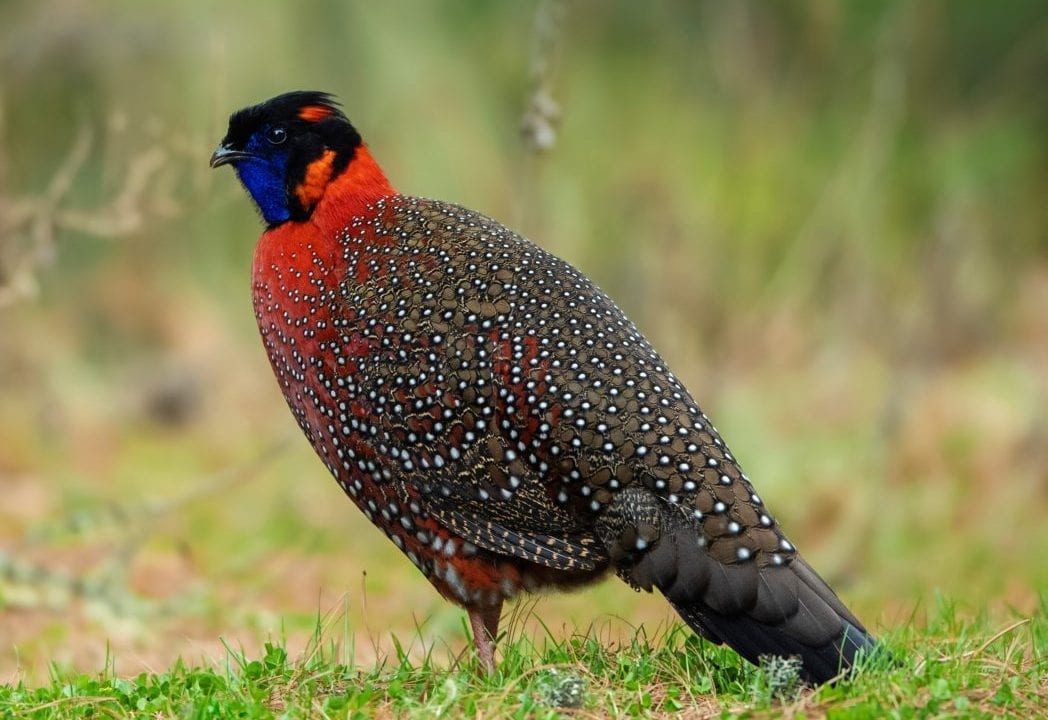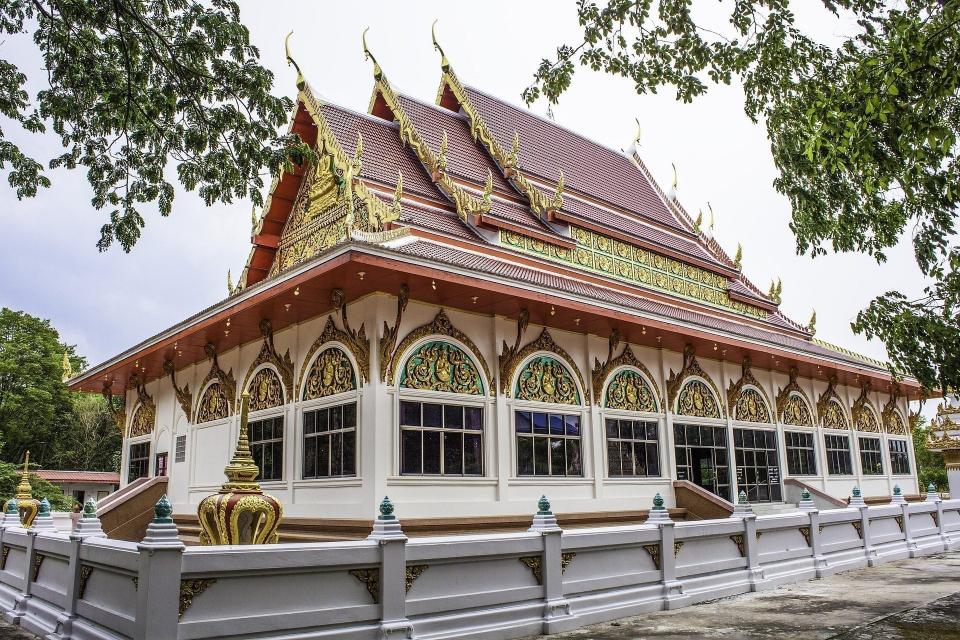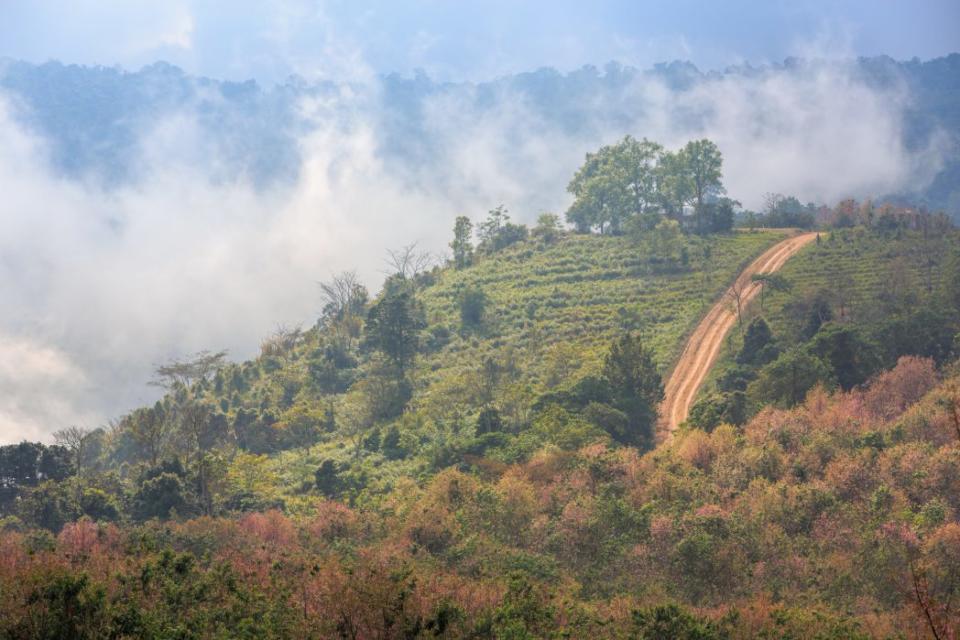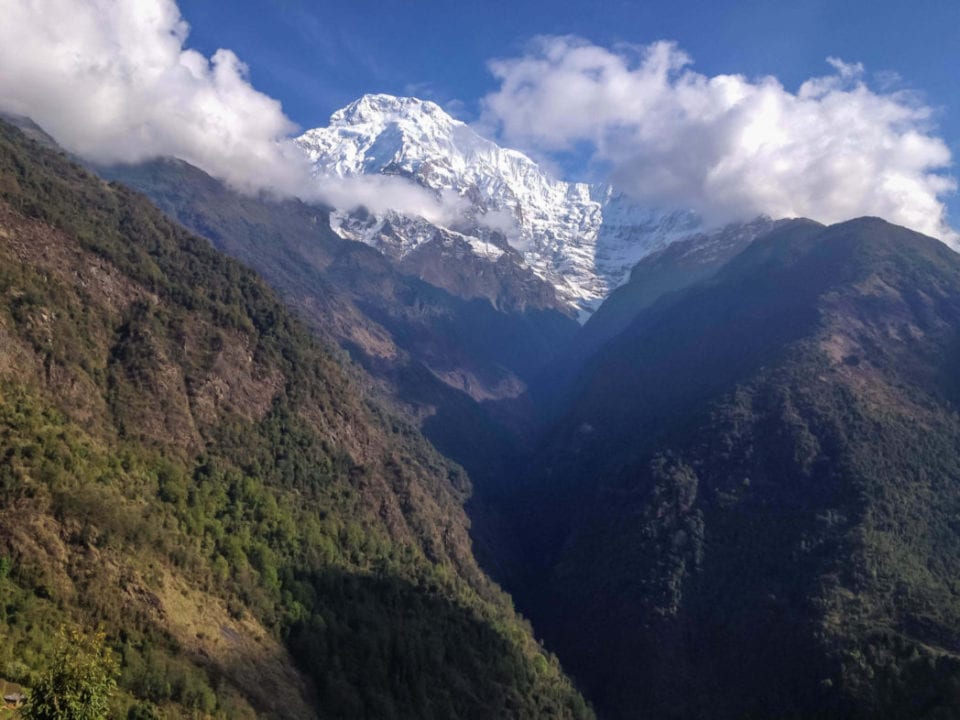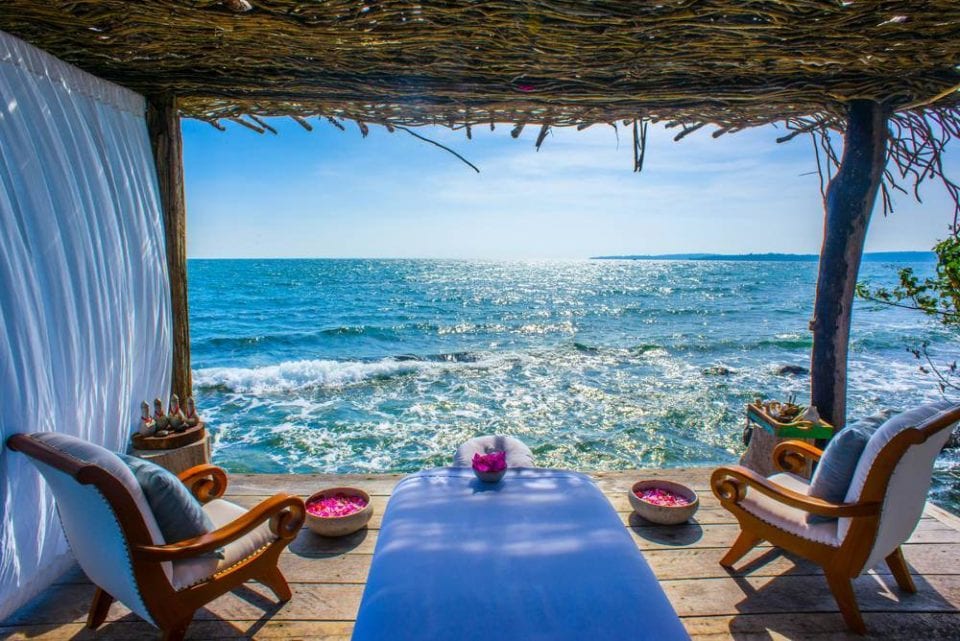Flora & Fauna Trip in Nepal
Nepal: Visit Nepal 2020 – Kathmandu, Pokhara, Jomsom, Pokhara, Lumbini, Chitwan, Koshi Tappu, Chitwan, Kathmandu
From $1,449 AUD pp (2 pax)
Lets visit Nepal 2020 – Flora & Fauna In Nepal is special due to Nepal’s unique geography, and variations in climatic. Nepal occupies only 0.1 percent of the global area, but has over three percent of the world’s known flora and and one percent of the fauna.
The flora of Nepal contains trees that are conifers or deciduous. Oaks, blue pine, birch, magnolia, and the spruce are some of the examples of trees you could find. The rhododendron, orchids, bamboo, and nettle plants can be found in other parts of the world, but in Nepal, these plants have some unique qualities.
The national flower of Nepal is the rhododendron. These plants can be found growing in altitudes from 3,600 feet to 8,200 feet. As the altitude rises, the color of the rhododendron begins to fade. A rhododendron that is red at 3,600 feet, will go from a pink to white color at the higher elevations. These plants are found in a variety of colors from white, purple, red, cream, and lilac. At altitudes of 18,000 feet a dwarf species of rhododendrons can be found. These dwarf plants only grow to be two inches tall.
In Nepal, you can find 319 species of orchids and 20 species of bamboo. Orchids grow in the tropic and sub-tropic climate zones. The orchid is protected by law and it is unlawful to take them out of the country. The bamboo plant is used in a variety of ways for the people of Nepal. Baskets, mats, cradles, and even bows and arrows are made from the bamboo plant.
Nettles are an extremely important plant in Nepal. These plants may grow to 10 feet in height, and are found in altitudes of 5,000 to 10,000 feet. The nettle’s leaves are rough and sharp. When the leaves are touched, they give off quite a sting. The younger leaves of the nettle plant are used as a vegetable. Nepalese people will use the fibers of the stem of a nettle plant for a variety of things. To make the fibers usable you must strip of the bark, soak the fibers, pound them, boil the fibers, and spin them into yarn. This whole process takes at least four weeks. Once the fibers have been treated, they are used to make cloth.
The fauna of Nepal contains some unique qualities as well. There are more than 614 species of butterflies and 11 out of the 15 families. The swallowtail butterflies that are found in the Terai are the most impressive species. In Nepal, you will also find more than 5,000 species of moths. There are so many moths that some have not even been described by scientists. The world’s largest moth, the giant atlas moth, is found in Nepal. The wingspan of this moth is almost one foot in length.
Nepal is a bird watcher’s paradise. There are more than 800 species of birds, representative of approximately 10 percent of the earth’s birds. Many are found in the Terai. Some birds that you would see in Nepal are the golden eagle, mountain finches, blood pheasant, the brown parrotbill, and the rufous-bellied shrike babbler.
There are 185 species of mammals are found in various parts of Nepal. Nepal’s dense tarai jungles are home to exotic animals like the Asiatic elephant, the one-horned rhinoceros, the Royal Bengal tiger among others. Also found here are the leopard, Rhesus monkey, langur, hyena, jackal, wild boar, antelope, wild cat, wolf, sloth bear, chital or spotted deer and barking deer. Wild buffalo locally called “Arna” is found in the Koshi Tappu region. The western Tarai jungles of Suklaphanta is home to the swamp deer, while the endangered blackbucks are found in the Bardia region.
Nepal has two indigenous species of crocodile: the fish eating gharial with a long narrow snout and the marsh mugger which is omnivorous, eating anything it can catch. A very successful breeding project has brought the gharial back from extinction. Among the snakes found in Nepal there are: cobras, kraits, vipers, the Indian python etc. Other reptiles found in the country are turtles and monitor lizards. Some of these reptiles can be seen in the Chitwan National Park and Bardia National Park.



